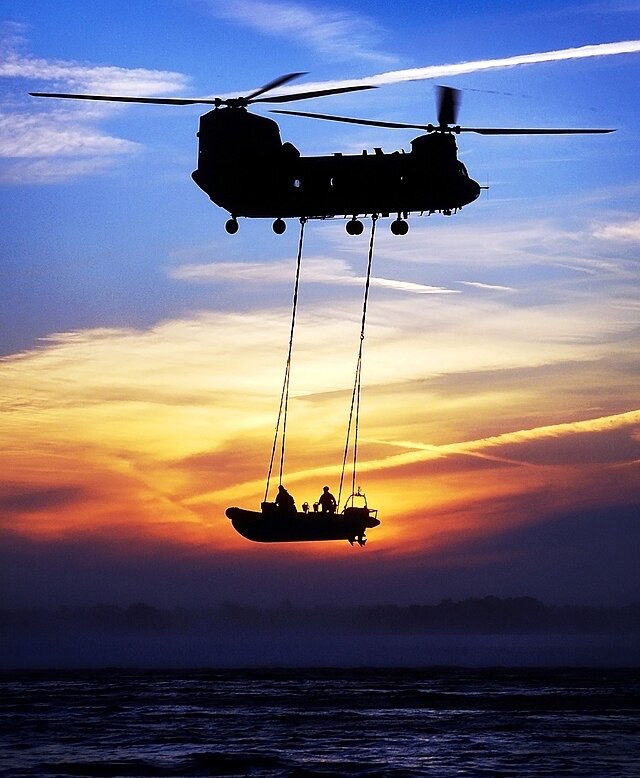In the shadow of a new Cold War, the Arctic is emerging as the next great geopolitical battleground. As ice melts and new maritime routes open, global powers are racing not just for economic opportunity—but for military dominance. At the heart of this standoff is a resurgent Russia, boosting its military footprint near the North Pole and eyeing the strategic potential of Greenland. In response, Britain is drawing a line in the snow.
The United Kingdom has rapidly intensified its Arctic military strategy. Leading this charge are the Royal Marines, deployed to the unforgiving wilderness of northern Norway to engage in full-spectrum, sub-zero warfare training. Far from routine drills, these exercises are part of an urgent effort to prepare for a potential WW3-style scenario in one of the world’s most extreme and unpredictable environments.
What is unfolding is more than military posturing—it’s a recalibration of NATO’s northern defences. And as tensions build, the UK is making it crystal clear: any Arctic ambitions from Moscow will be met with ice-cold resistance.
The Geopolitical Race for the Arctic
The Arctic used to be a frozen afterthought on the world stage—inhospitable, unreachable, and geopolitically quiet. But the 21st century has brought a dramatic thaw. Climate change has transformed the region, shrinking ice caps and opening up long-sealed shipping routes like the Northern Sea Route. Along with those new trade lanes comes access to untapped oil, gas, and rare earth minerals—resources worth trillions.
Naturally, the Arctic has turned into a contested zone. The race isn’t just about economics—it’s about influence, sovereignty, and survival. That’s where the military equation comes in.
As global powers scramble to assert control, Russia has pulled ahead—laying claim to large swaths of the Arctic seabed, building military installations, and deploying strategic assets across the region. China has also declared itself a “near-Arctic power,” signalling the broader international stakes.
This is the reality the UK and NATO now face: a fast-arming Russia, territorial friction, and the likelihood of conflict in a domain where readiness could mean the difference between deterrence and disaster.
Russia’s Military Buildup in the High North
Vladimir Putin isn’t just posturing in the Arctic—he’s planting flags and rolling tanks. Over the last five years, Russia has launched an aggressive Arctic militarization campaign. This includes:
- Reopening and expanding Soviet-era military bases
- Deploying S-400 missile systems and air defense units
- Increasing the number of nuclear submarines patrolling Arctic waters
- Establishing specialized Arctic brigades equipped for deep winter operations
One of the more provocative talking points: Russia’s indirect threats over Greenland. While largely rhetorical, Putin’s warning over Western interests in Greenland—sparked in part by former U.S. President Donald Trump’s proposal to “buy” the territory—has become a rallying cry for Moscow’s Arctic stance. The Kremlin has suggested that any move to militarize or claim Greenland could provoke a Russian response.
It’s a calculated power play, designed to keep NATO guessing and expand Moscow’s sphere of influence under the cover of Arctic sovereignty.
Britain’s Arctic Strategy Unveiled
Enter Britain—no longer content with simply observing Arctic developments from afar. In recent months, the UK has repositioned itself as a major player in the High North, unveiling a bold military strategy that puts the Royal Marines front and center.
UK Defence Secretary Grant Shapps made it clear: “We will meet aggression with resolve, whether it’s in Europe or above the Arctic Circle.” And he meant it.
The strategy includes:
- Forward deployment of Royal Marines to Arctic bases
- Bilateral military cooperation with Norway, Finland, and Sweden
- Deep integration into NATO’s Arctic exercises and logistics chain
- Establishment of Camp Viking—Britain’s Arctic hub in Norway
This move isn’t just symbolic. It reflects the UK’s belief that the Arctic is no longer just an environmental concern—it’s a live military theater requiring constant presence and preparedness.
Why Northern Norway Is Key to NATO’s Arctic Plan
Northern Norway, nestled within the Arctic Circle and just across from Russia’s strategic bases, has become the frontline of NATO’s northern defense strategy. It’s where allies gather to simulate Arctic warfare, test weapons in freezing conditions, and rehearse real-world scenarios of confrontation with Russian forces.
Its location is critical—close enough to the Russian border to monitor movement, but embedded in the NATO sphere of control. For Britain, deploying here means rapid reaction capabilities, joint training with allies, and a persistent deterrent presence.
The region’s mountainous terrain, icy fjords, and dense snowpack provide the perfect proving ground for winter warfare—a domain in which few armies outside Russia are properly equipped or trained.
Camp Viking: Britain’s Arctic Stronghold
In March 2023, the UK officially established Camp Viking in Øverbygd, a remote area in northern Norway. This permanent base is now home to 1,000 elite Royal Marines and commandos, along with military engineers and logistics experts. It acts as a staging point for operations, a training camp, and a hub for Arctic readiness.
From here, troops conduct live-fire drills, survival exercises, and full-spectrum warfare scenarios—all tailored to the demands of Arctic conflict. The camp is also designed for rapid deployment, allowing UK forces to support NATO missions across the High North within hours.
This isn’t just about show—it’s about being battle-ready. As one commanding officer put it: “If you can fight here, you can fight anywhere.”
Extreme Training for Extreme Warfare
Life at Camp Viking isn’t for the faint-hearted. Troops face temperatures as low as -30°C, navigate through snow-blanketed terrain, and operate under 24-hour darkness during winter months. Every soldier undergoes Arctic survival training that includes:
- Building snow shelters and ice bunkers
- Learning to ski with full gear
- Tracking and engaging enemy forces in white-out conditions
- Conducting avalanche rescues in partnership with Norwegian emergency services
This training ensures that UK forces can not only survive but thrive in a climate that could break unprepared armies.



